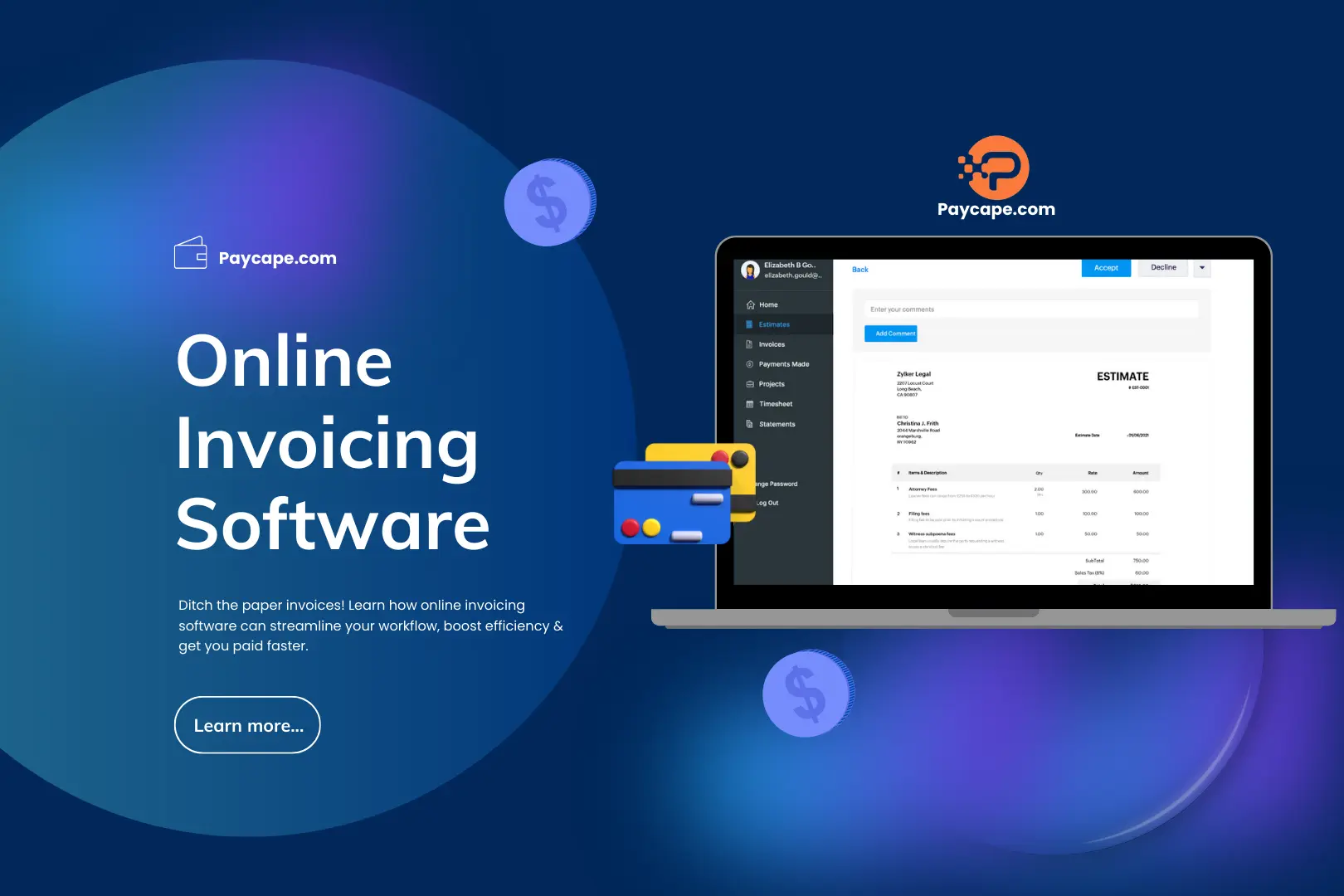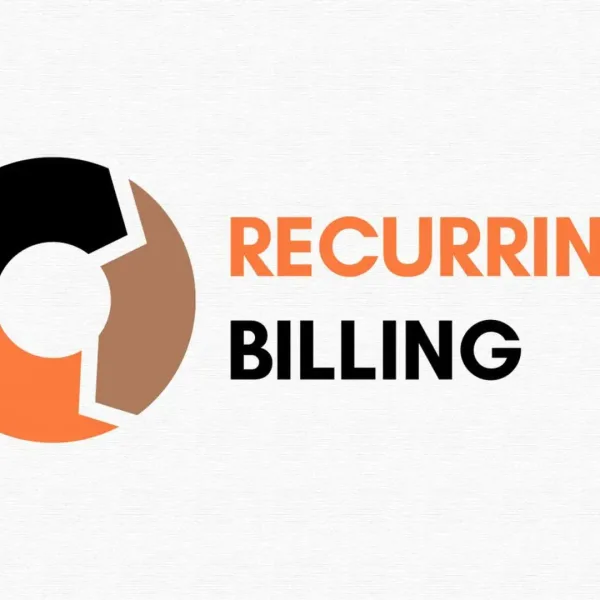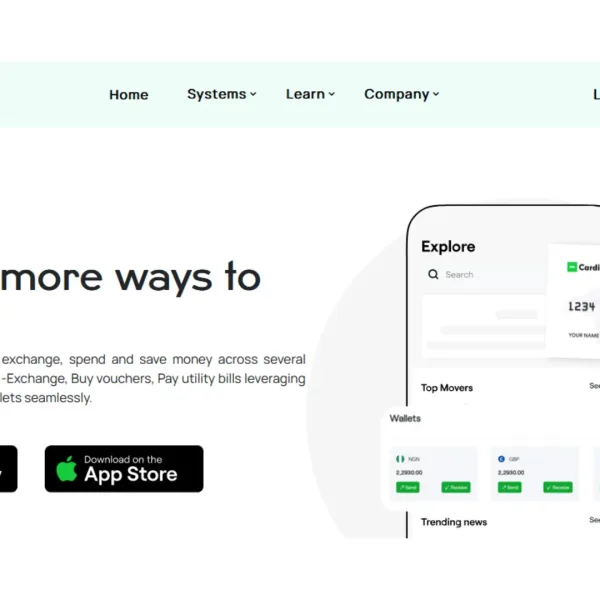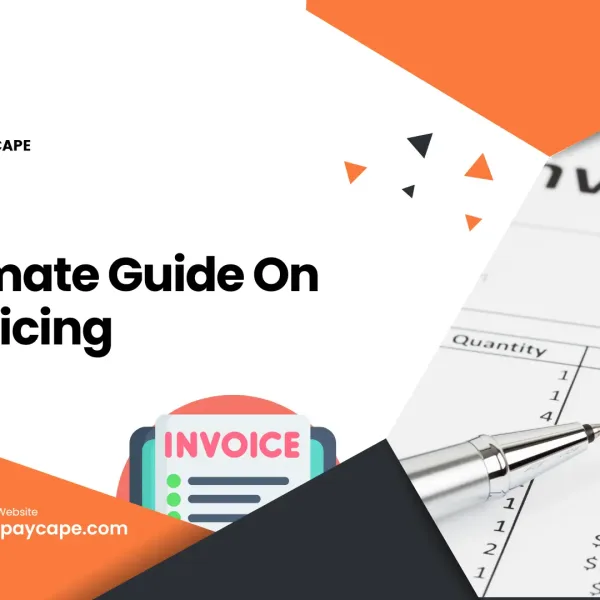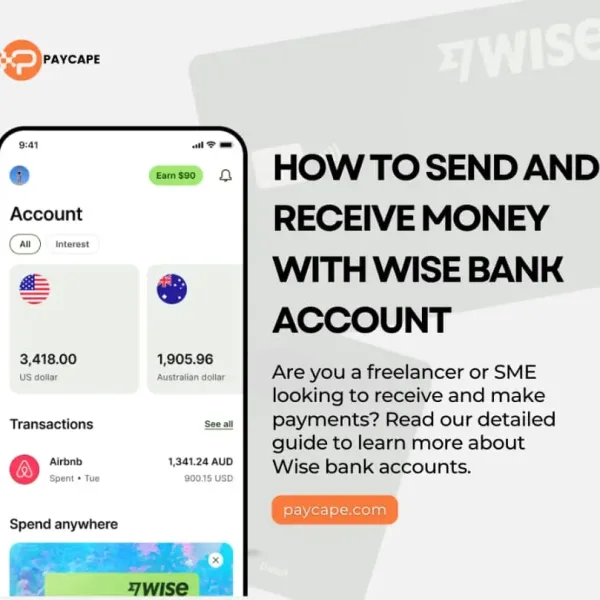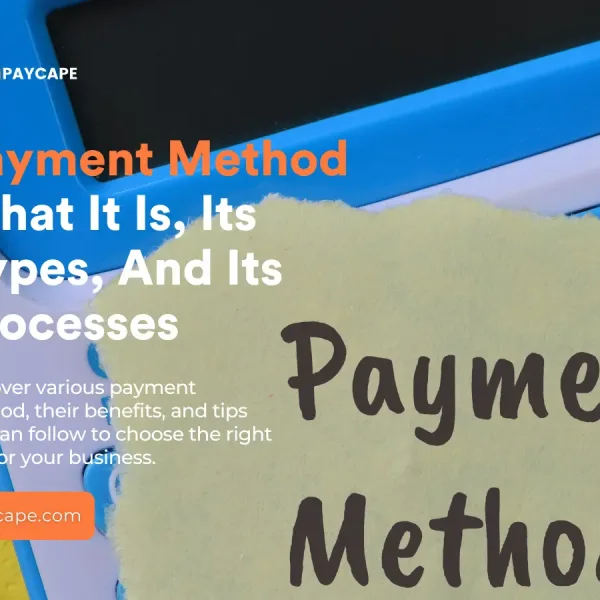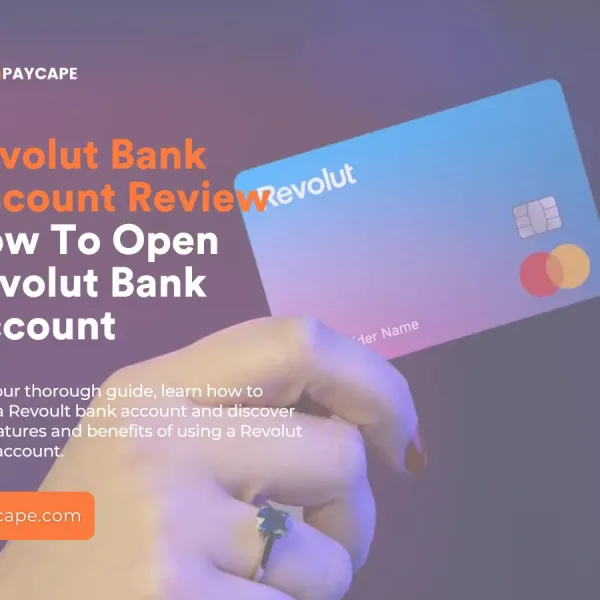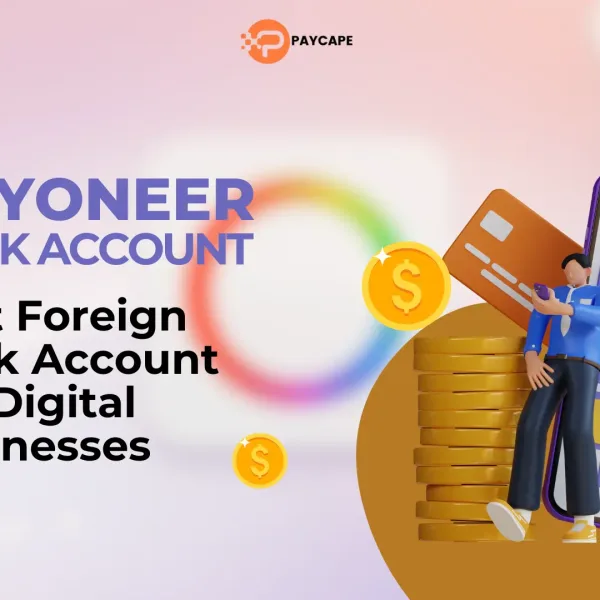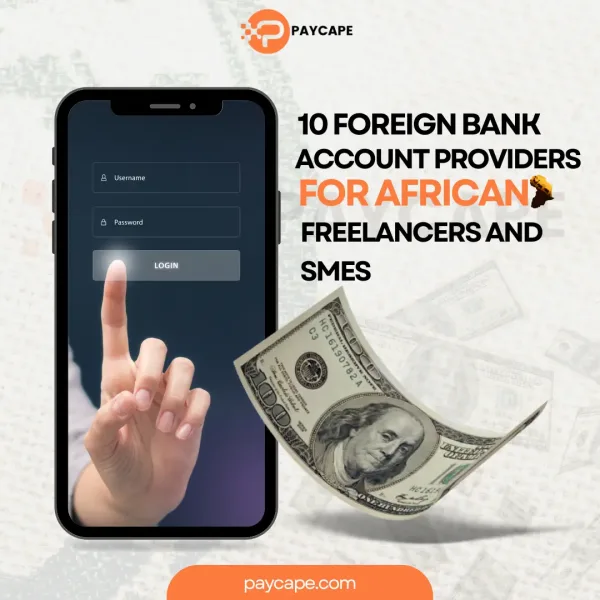Have you ever wondered how a single transaction takes place in a matter of seconds, whether you’re swiping your card at the checkout counter or entering your credit card details online? This seemingly simple process involves a complex behind-the-scenes operation known as payment processing.
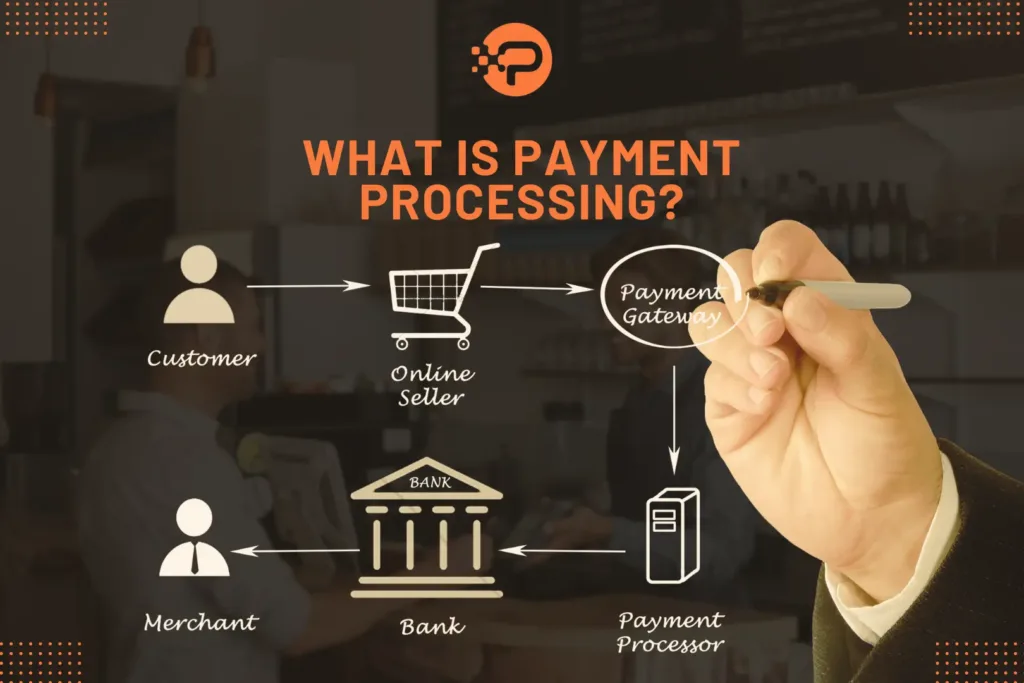
Processing of payments has greatly advanced in today’s world and in this blog post, we’ll delve into the steps that ensure a smooth and secure flow of funds between you and the businesses you patronize.
What is Payment Processing?
Payment processing, in a simple term, is the action, or set of actions, that conducts the transaction of funds between two parties. It converts your swipes, clicks, and taps into successful transactions. Payment processing is the secure electronic transfer of funds from you (the payer) and the business you are buying from (the payee).
Making payment involves several processes, which majorly include authorization, verification, and settlement. These processes are the pillars on which several payment activities take place, such as payment gateway management, invoicing, recurring billing, refunds, and dispute handling.
Payment processing handles various transaction types, not just credit cards. It can handle debit cards, electronic fund transfers (EFTs), contactless payments, and even some digital wallets and cryptocurrencies. It can be used with online invoicing software to improve cash flow, speed, and efficiency.
Why is Payment Processing Important?
Since the use of actual cash exchange is reducing, especially for online and e-commerce businesses, having a versatile payment processor is very important. Besides the fact that it guarantees seamless transactions, it is also optimized. A secure payment processing system will increase customer satisfaction and confidence.
When a platform offers a simple and safe payment method, users are more willing to use it again. Also, payment processing ensures faster access to funds, improved cash flow management, and less administrative work for administrators. This effectiveness helps reduce concerns regarding problems with transaction processing.
Additionally, secure payment processing systems are important for businesses that allow online investing. Investors need to be confident that their funds are secure when they deposit or withdraw money from their investment accounts.
How Does Payment Processing Work?
Since we’ve established that payment processing is the backbone of digital financial transactions, what exactly happens behind the scenes during a swipe or a click? Let’s dissect the process.
The first thing that happens after you initiate the transaction? The payment information is securely encrypted and transmitted to the payment processor. The payment processor then validates the transaction in three steps, authorization, verification, and settlement.
Authorization: The payment processor verifies the details of your card and checks with the issuing bank (the bank that issued your card). This is to ensure you have a sufficient balance.
Verification: The issuing bank may perform additional security checks to prevent fraud. If everything checks out, the authorization is approved.
Settlement: Once authorized, the funds are electronically transferred from your issuing bank to the merchant’s acquiring bank. That is the bank that holds the merchant’s account. The merchant then receives the funds, minus any processing fees.
Understanding the payment process not only sheds light on how our daily transactions work but also helps your businesses. It helps navigate the world of accepting electronic payments.
The Major Types of Payment Processing Methods
There are several methods for processing payments, each catering to unique needs and offering varying levels of convenience and benefits.
Traditional Methods
For several decades, business owners have been using merchant accounts from banks. This account now allows them to accept payment directly into their account from debit or credit cards, and sometimes, ACH payments.
There are also the Point-of-Sale (POS) Systems which are electronic systems that allow businesses to accept in-person payments. The POS system is integrated with merchant accounts for seamless processing.
Modern Payment Methods
Payment Gateways: These act as online portals that securely connect websites and mobile apps to payment processors. They facilitate transactions without requiring merchants to handle sensitive data directly.
Mobile Wallets (Apple Pay, Google Pay): These are digital wallets that are stored on smartphones to allow contactless payments at enabled stores. Transactions are secured using near-field communication (NFC) technology.
Digital Payment Networks (PayPal, Venmo): These online platforms allow users to send and receive money electronically, often linked to bank accounts or debit cards. You can use them on platforms that integrate them into their network.
ACH Payment: This is the direct transfer between bank accounts, the Automated Clearing House payments. They are often used for recurring bills or larger transactions because they are more secure without any third party involved.
Emerging Method
Cryptocurrency Payments: This is a relatively new method that leverages digital currencies like Bitcoin, Ethereum, and Litecoin for transactions. Cryptocurrency processing allows for fast, borderless payments without relying on traditional financial institutions.
However, it’s important to note that cryptocurrency is a volatile market, and its adoption by businesses is still evolving as well as regulatory compliance.
With the availability of different payment processors, your business can cater to a diverse amount of users online. Your choice of payment processing method could depend on factors like the type of business, transaction volume, budget, and target audience.
Conclusion
Today’s transactional processes have been completely transformed by payment processing. Payment processing is essential to any company that provides products or services as electronic payments become the standard. Even if you are a freelancer or a tech bro, knowing how your wages are paid could come in handy.
Payment processing is more than simply a transactional instrument. It is a strategic asset that affects both customer satisfaction and the business’ progress. Finding the proper payment processing provider for your business ensures security, convenience, and cost-effectiveness.
A comprehensive understanding of payment processing and staying current with emerging trends and technology are crucial in the constantly evolving financial world of today. Businesses may develop their brands, give consumers a smooth payment experience, and expand by using payment processing integrated with online invoicing.
Frequently Asked Questions
How long does payment processing take?
The time it takes for your payment to be processed depends on the payment method you choose. In the United States, card transactions are usually processed instantly but might take up to 1-3 business days to be cleared. For ACH or Direct Debit payments, it takes, usually, 1-3 business days whereas wire transfers are often processed on the same day.
Does processed mean paid?
When a transaction is made and you see it “processed”, it doesn’t necessarily mean paid. It can imply that it has been authorized and authenticated but not yet settled. That means that the seller won’t most likely see the payment immediately.
Why are card transactions denied?
There are several causes for a transaction’s denial. Often, it’s only a simple mistake in typing in the card information. Other possible situations include that, the payment processor may not accept that specific card type (visa, MasterCard, etc.), or insufficient money in your account. You might also need to do more verification or there is a technical issue.
How do I decide which payment processor to use?
It might be tricky to select the best payment processor for your company. When doing this, your main priorities should be flexibility, convenience of use for your customers, acceptance of a variety of payment methods, and security features.

